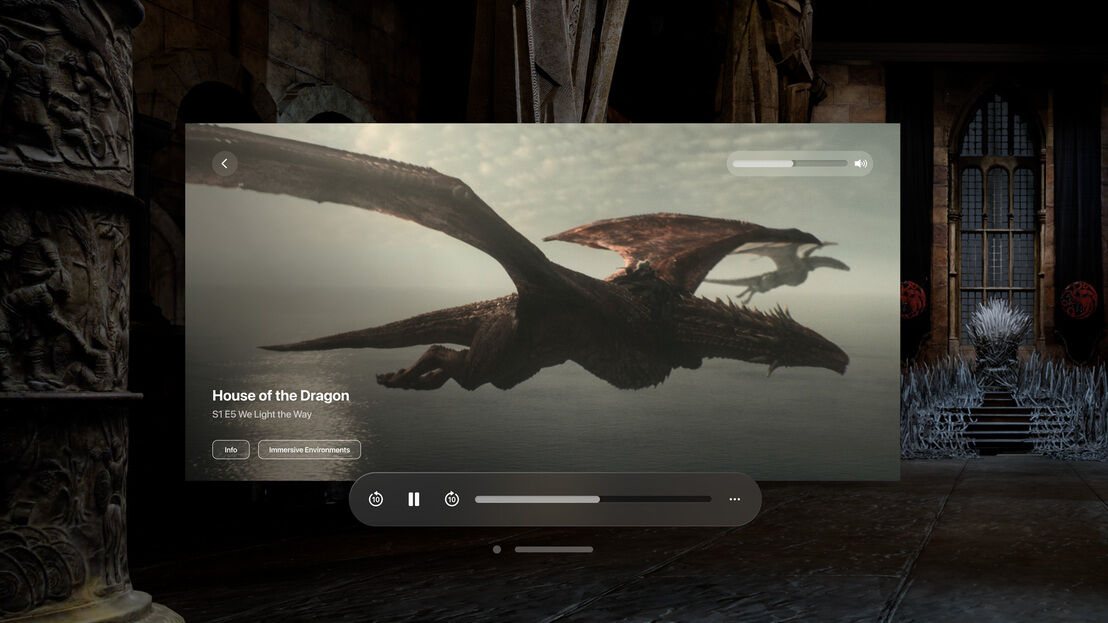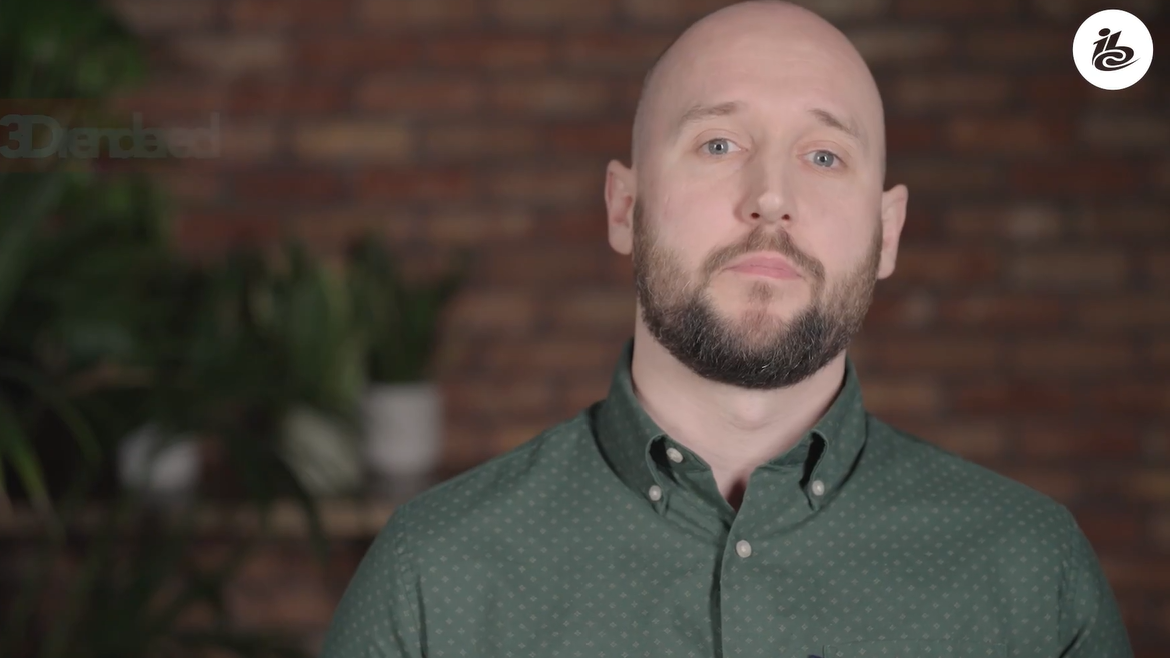VR may have been something of a slow burner in terms of technology buzzwords, but its recent rebrand as spatial computing may well signal an uptick in interest for a host of reasons, discovers Mark Mayne.
The tide appears to be turning with a slew of big tech players fielding a new range of VR/spatial computing hardware this year, but will it be enough to achieve a breakthrough in a space that has seen many a false dawn? We look at some of the key innovations driving volumetric production in 2024.
Changemaker - The Apple Vision Pro
The biggest news in the space is arguably Apple’s Vision Pro, partly due to the dominance of the Cupertino tech giant in associated markets, and partly due to the galvanising effect on the competition. As has been the company’s playbook since the success of the iPhone, the Vision Pro delivers a market-leading set of specs, wrapped in an aspirational magnesium and carbon fibre design that will enable many to look beyond the considerable $3.5k price point...
You are not signed in
Only registered users can read the rest of this article.

Poacher turned gamekeeper: Netflix rules, for now
Netflix raids Hollywood to land a giant of old media, but having offered billions over the odds for ageing IP, would a smarter play have involved the creator economy?

Truth in the age of deepfakes: Building trust in the human-machine era
As deepfakes become prevalent throughout the media industry, experts at the BBC, Guardian, and ITN wrestle with the implications of today’s unprecedented levels of disinformation and distrust.

Rory Peck Awards: Truth has never needed its defenders more
This year’s Rory Peck Awards was an affirmation that press freedom is in severe danger, that it has become a vicious fight to sustain that facts matter. George Jarrett reports.

Camerimage: “The time to be afraid of AI was two years ago”
The festival of cinematography remains political with the rise of AI and gender equality bubbling beneath the surface.
.jpg)
Content Everywhere: Disruptive forces in 2025, from AI to ROI and SGAI
Looking back over 2025 to date, it’s clear that AI continues to widen its role in the Content Everywhere ecosystem, and many companies are becoming more discerning about how and where the technology should be applied to streaming and video technology. Clearly, there is still much more to come, and much more to learn, but what have recent developments taught the industry to date?



